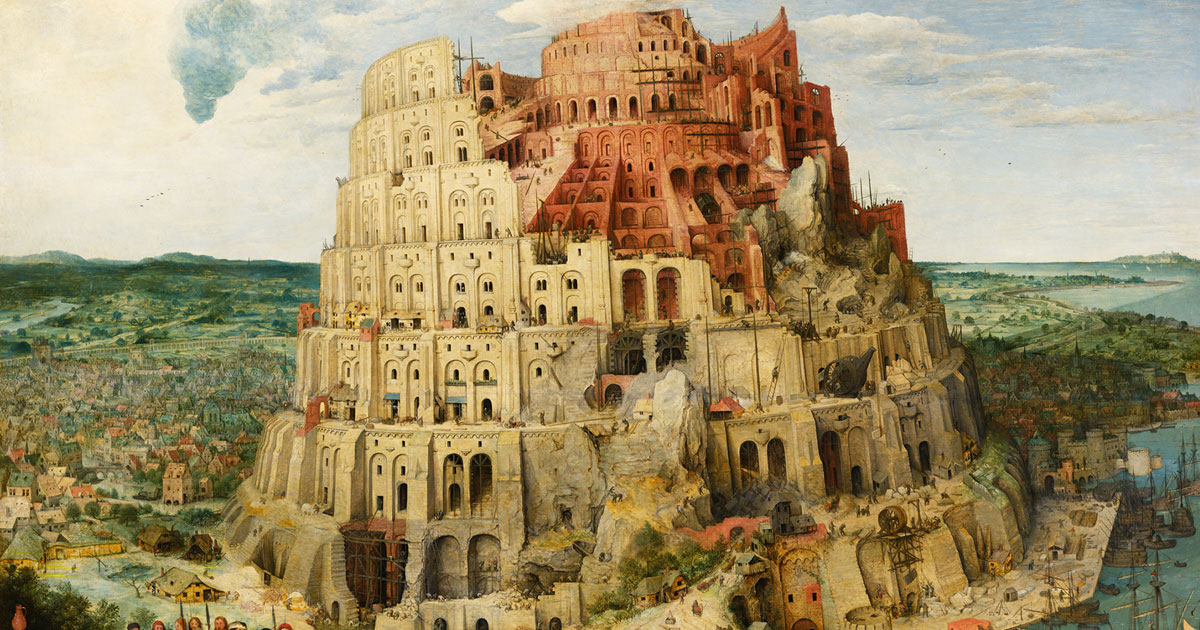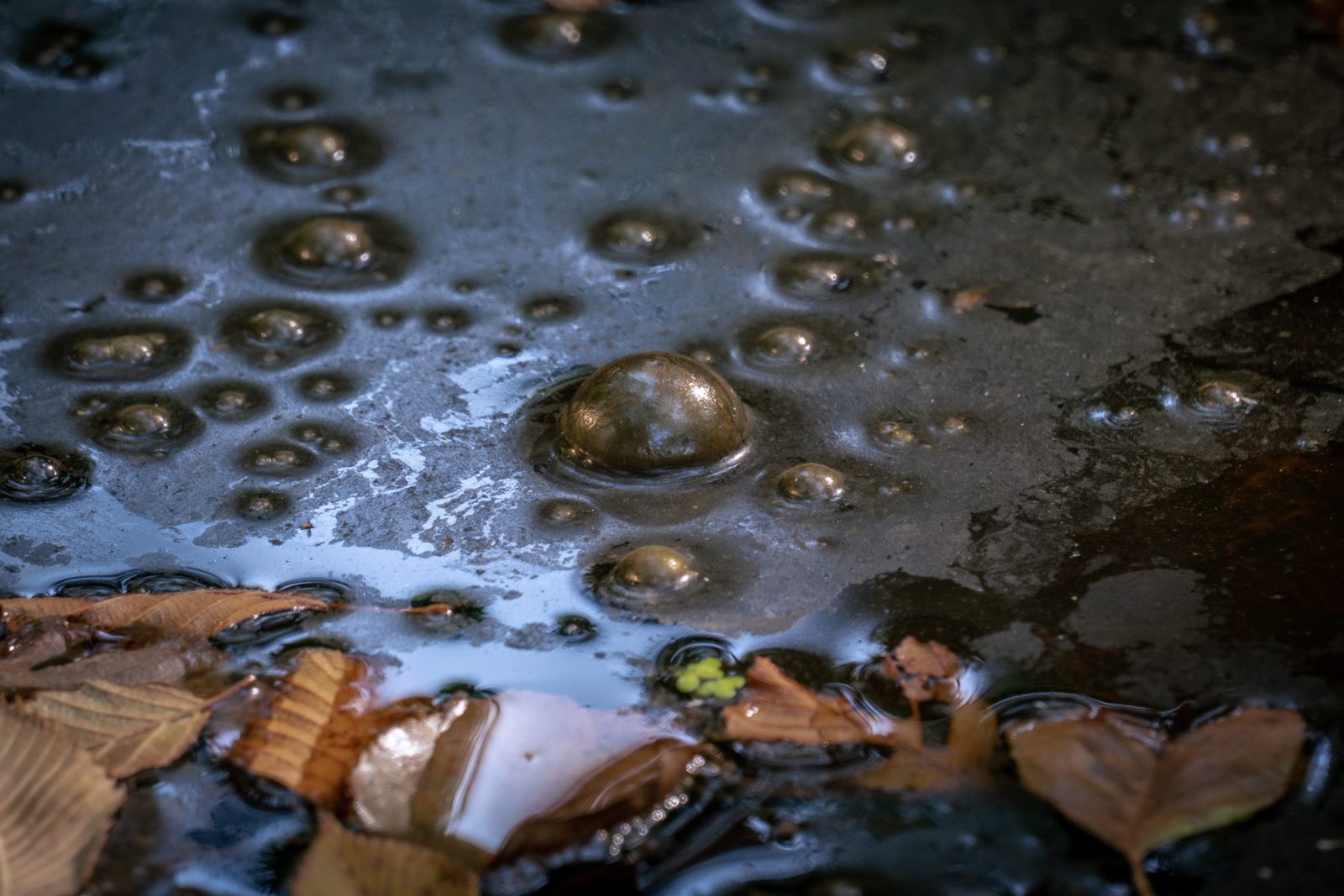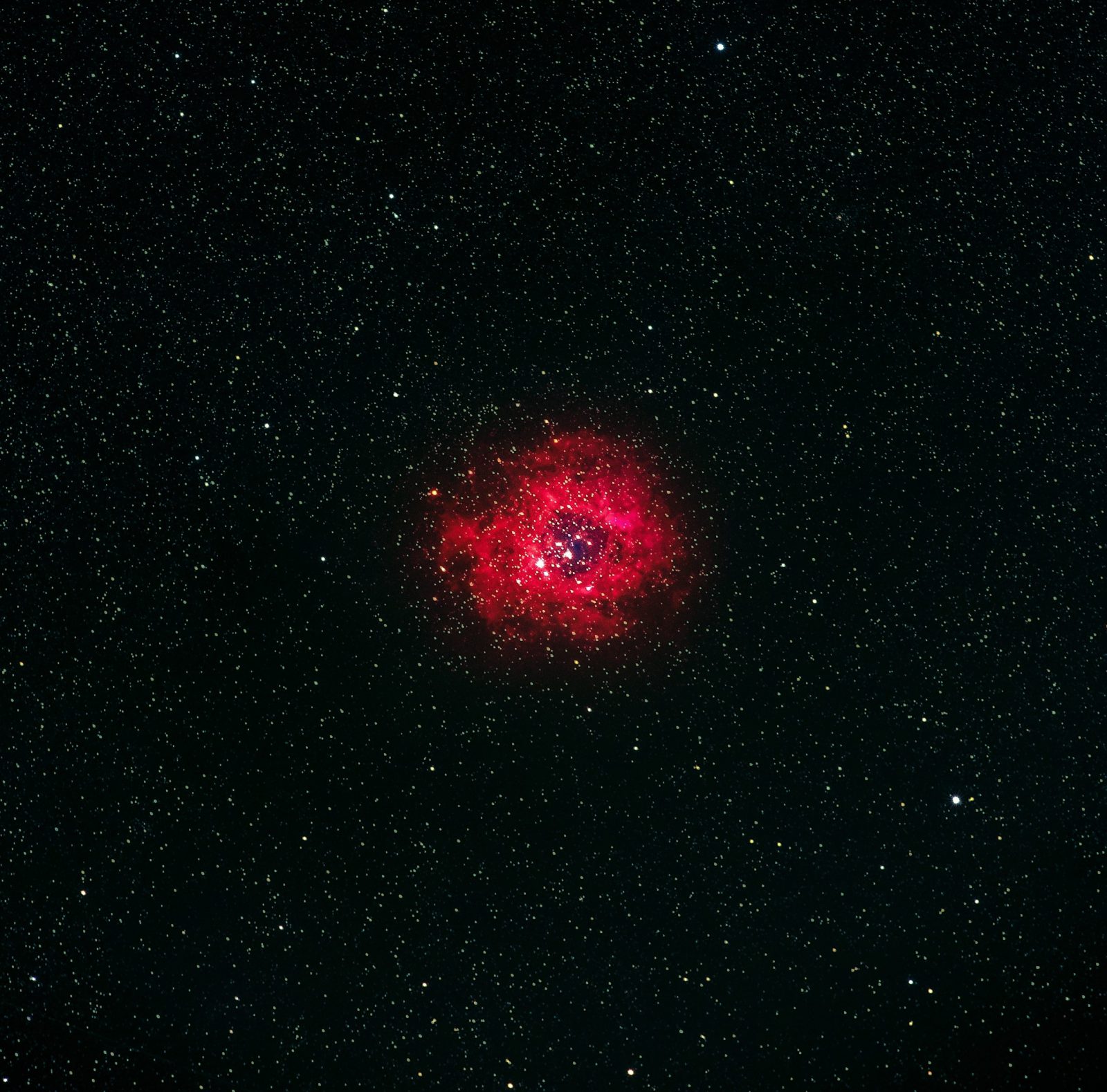


James Tour Talks Origin-of-Life Dealbreakers
On today’s ID the Future, distinguished synthetic organic chemist James Tour of Rice University explains why the goal of synthesizing life from non-life in conditions similar to those of the early Earth appears further away than ever. It’s not an illusion, he explains. The illusion was how close OOL researchers thought they were 50-70 years ago. They were never close, and the more we learn about how mind-bogglingly sophisticated even the simplest cells are, and how the complexity is essential for biological life, the more we realize just how far we are from constructing a plausible scenario for the mindless origin of the first life. Tour points out that even granting a great deal of intelligent design in the form of the highly skilled and interventionist work of the origin-of-life researchers in the lab, they still can’t engineer into existence all the key building blocks of a living cell. What if you handed them all the building blocks in the right proportions? They’re still nowhere near being able to intelligently design those ingredients into a living cell, Tour says. It has to do with what’s termed the interactome—that is, all the interdependent molecular interactions in a particular cell, many of which may initially appear unimportant but turn out to be crucial. Tour doesn’t argue that researchers will never be able to design a cell from non-living matter. He does say that if it is achieved, it will be well into the future. What will such an achievement underscore? As Luskin emphasizes, it will highlight the creative power of intelligent agency. The occasion for Dr. Tour’s conversation with host Casey Luskin is Tour’s essay in a new book now available for free download, Science and Faith in Dialogue. For more from Dr. Tour, check out his website and his YouTube channel.

Cosmos: Possible Worlds’ ‘Most Plausible’ Creation Myths
On this episode of ID the Future, philosopher Jay Richards hosts science historian Michael Keas in another conversation about Neil deGrasse Tyson’s series Cosmos: Possible Worlds. They talk this time about what the show itself calls its “most plausible creation myth… for the origin of life,” involving hydrothermal vents in the deep ocean floor — with no mention at all of the equally deep scientific problems with the idea. Tyson’s imagination wanders from there to a moon of Saturn to the Cambrian explosion, everywhere supposing that just because one or two necessary conditions exist for life, that’s all the explanation that’s needed. Richards and Keas ably explore why this is untrue.